Product Description
This medication is a potent vasodilator designed to alleviate angina symptoms and improve cardiovascular performance by releasing nitric oxide (NO) into the smooth muscle of blood vessels. Nitric oxide activates the enzyme guanylate cyclase, increasing the concentration of cyclic GMP, which results in the relaxation of vascular smooth muscle. While it primarily targets large arteries and veins, it has a minimal effect on precapillary sphincters, producing its therapeutic benefit through both direct action and reflexive responses. The reduction of venous return decreases the preload on the heart, lowering myocardial oxygen demand and enhancing oxygen distribution in subendocardial regions. As a result, patients experience improved exercise tolerance and reduced strain on the myocardium, especially in cases of angina or left ventricular heart failure.
This drug is commonly used for the prevention and management of angina attacks and serves as a critical emergency intervention in acute myocardial infarction, left ventricular insufficiency, unstable angina, and pulmonary edema. It may be administered orally, intravenously, or topically, depending on the clinical situation. In patients recovering from a heart attack, the medication helps stabilize cardiac workload and supports vascular tone. Its flexibility in delivery routes makes it a valuable therapeutic option in both acute and chronic cardiac care settings.
Safety Information
This medication is contraindicated in individuals with a history of severe hypotension, shock, or myocardial infarction associated with low arterial pressure. It should not be used in patients with cardiac tamponade, toxic pulmonary edema, hemorrhagic stroke, recent traumatic brain injury, or those with elevated intracranial pressure. Hypersensitivity to nitrates is also a strict contraindication. Use in elderly patients or those with significant hepatic, renal, or cerebral vascular impairment should be approached with caution, and careful dose adjustment may be required. During pregnancy and lactation, the medication should only be used if the anticipated benefits to the mother outweigh potential risks to the fetus or infant, and only under strict medical supervision.
Dosing is individualized based on the route of administration and the severity of the cardiovascular condition being treated. Administration methods include topical application, oral ingestion, or intravenous injection, depending on whether the goal is acute symptom relief or long-term angina prevention. Close monitoring is advised for patients with anemia, cerebral atherosclerosis, or impaired cerebral circulation.
Side Effects
While generally well tolerated, this medication can cause side effects in some individuals. The most frequently reported include headache, flushing, changes in skin sensation, and dizziness due to lowered blood pressure. In cases of overdose, severe hypotension, collapse, cyanosis, or even cardiovascular shock may occur. Gastrointestinal symptoms such as nausea and vomiting may arise, along with potential disturbances in the nervous system like anxiety, restlessness, or psychotic reactions. Allergic responses, including rash and skin itching, have also been observed. Patients should immediately report any persistent or severe symptoms to a healthcare provider for further evaluation.

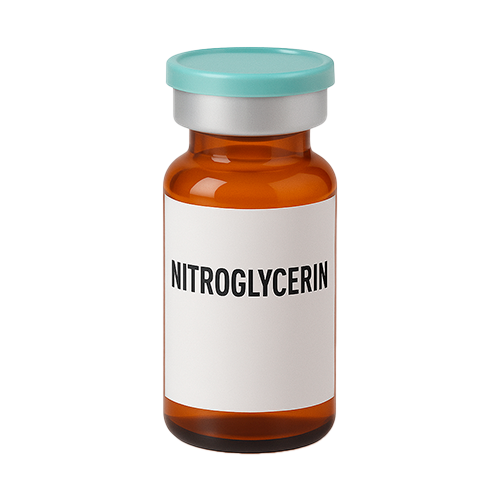
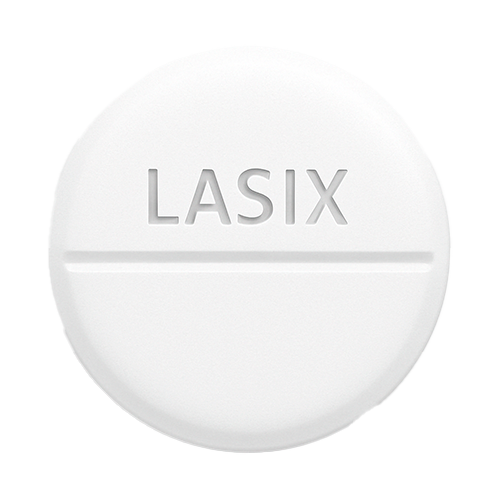

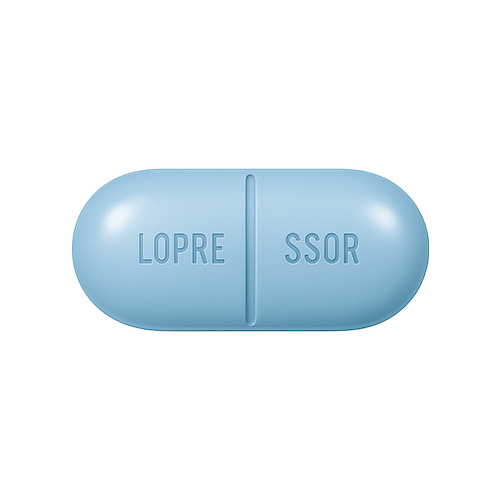
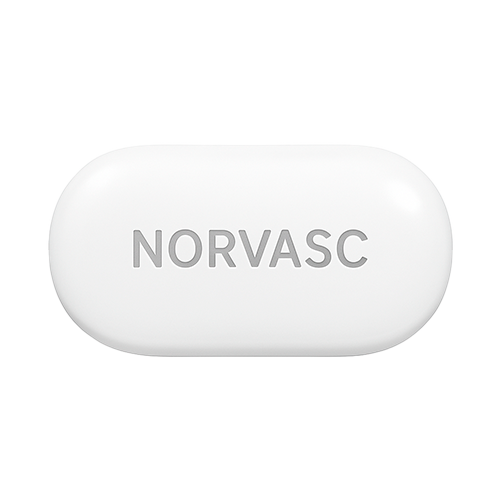



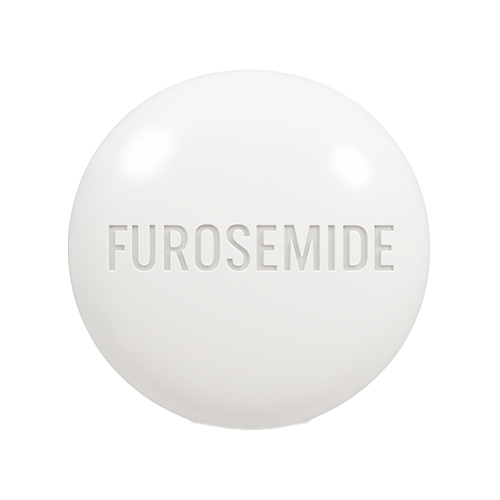
Reviews
There are no reviews yet.